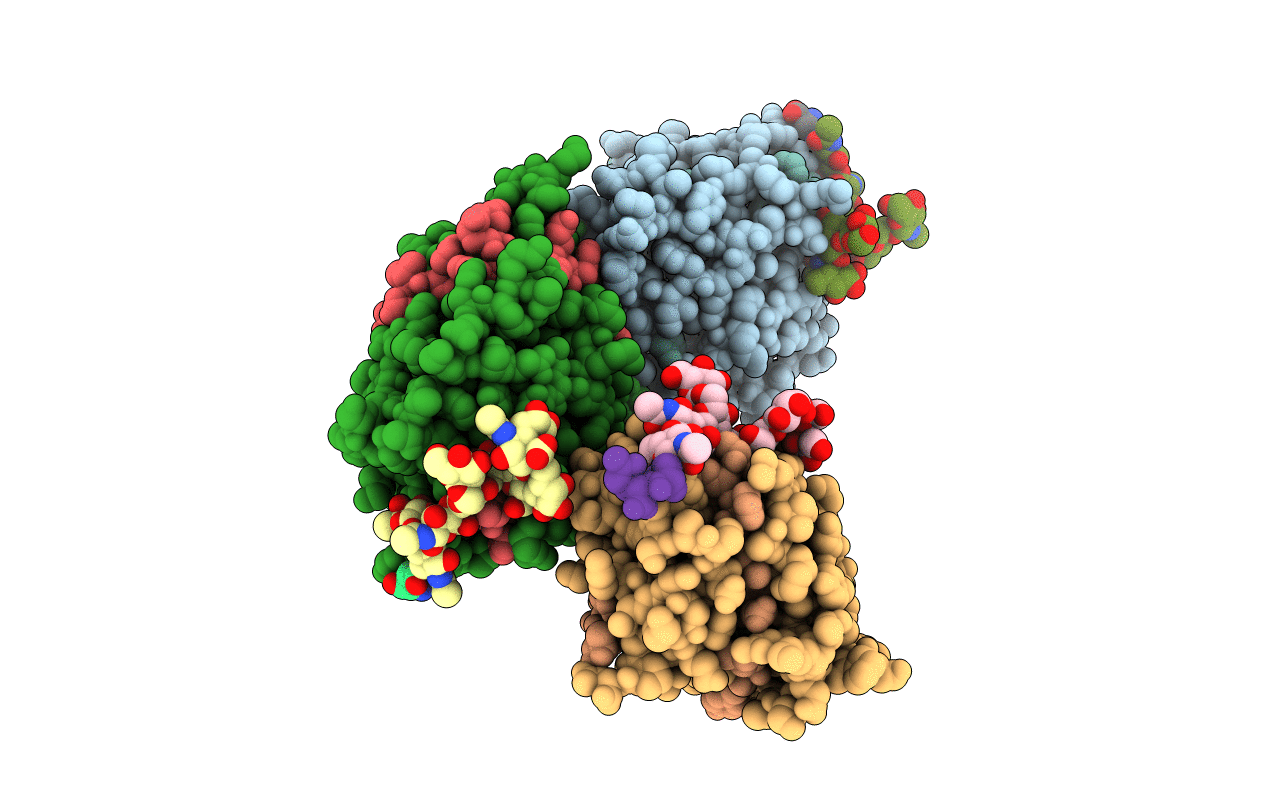
Deposition Date
1994-01-07
Release Date
1994-08-31
Last Version Date
2024-11-20
Entry Detail
PDB ID:
1LGC
Keywords:
Title:
INTERACTION OF A LEGUME LECTIN WITH THE N2 FRAGMENT OF HUMAN LACTOTRANSFERRIN OR WITH THE ISOLATED BIANTENNARY GLYCOPEPTIDE: ROLE OF THE FUCOSE MOIETY
Biological Source:
Source Organism:
Lathyrus ochrus (Taxon ID: 3858)
Method Details:
Experimental Method:
Resolution:
2.80 Å
R-Value Work:
0.18
R-Value Observed:
0.18
Space Group:
P 43 21 2


